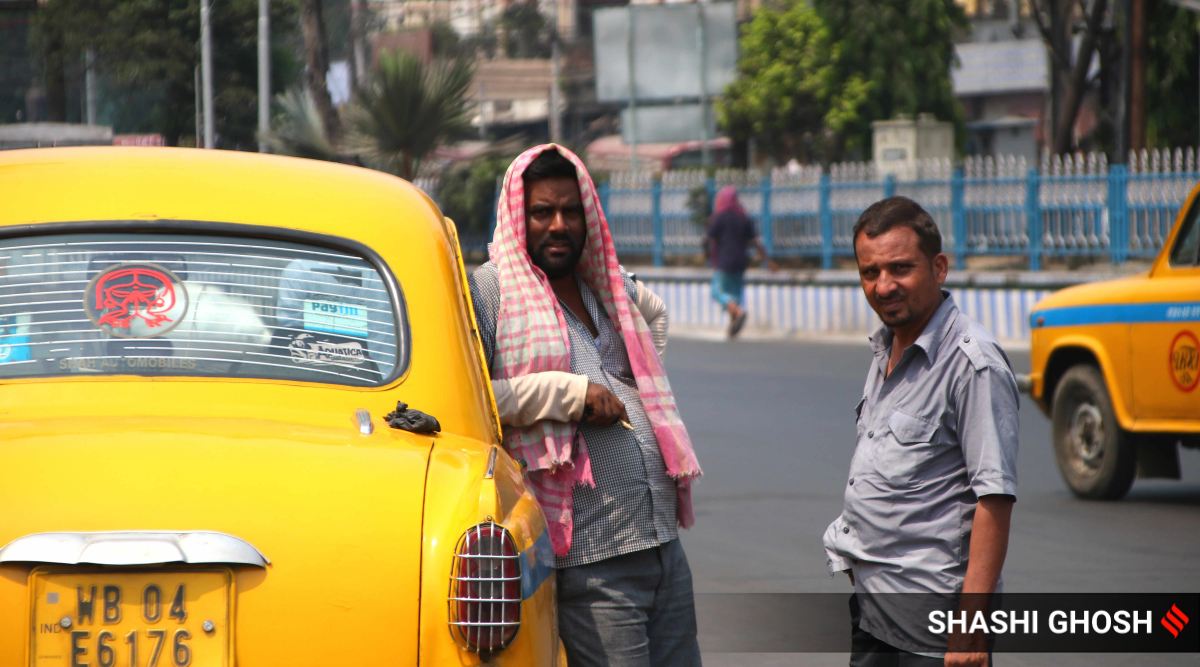 A hot day in Kolkata. (Express Photo: Shashi Ghosh)
A hot day in Kolkata. (Express Photo: Shashi Ghosh)What are the different types of heat-related illnesses?
Heat-related illnesses comprise a spectrum of disorders from muscle cramps and heat exhaustion to a more serious medical emergency such as heatstroke. These illnesses occur when there is a disruption in regulating the body’s temperature because heat input from the environment and body metabolism is increased compared with output from the skin —— via radiation, evaporation, and convection.
What are heat cramps?
During the heat cramps, patients experience painful, involuntary, spasmodic contractions of skeletal muscle in the calves, thighs and shoulders. In such a situation, the patient is advised to rest in a relaxed environment. The Health Ministry also recommends fluid and salt replacement (oral).
Best of Express Premium
What is heat exhaustion?
When the patient experiences any of the following, the condition is referred to as heat exhaustion. It may progress to a heatstroke if treatment fails.
Headache, nausea, vomiting
Malaise, dizziness
Muscle cramps
In such a situation, the health ministry suggests that we remove the patient from the heat stress area. Also, if the patient doesn’t respond to treatment in 30 minutes, then they should be ‘aggressively’ cooled down to a core temperature of 39°C.
What is a heat stroke? How can it be treated?
If a person has a body temperature greater than 40°C and showing signs of Central Nervous System dysfunction such as confusion, delirium, seizures, and coma, they may be experiencing a heat stroke. Such a person, recommends the Health Ministry, should be immediately removed from the heat stress area, and be ‘aggressively’ cooled down to a core temperature of 39°C.
- The Indian Express website has been rated GREEN for its credibility and trustworthiness by Newsguard, a global service that rates news sources for their journalistic standards.

